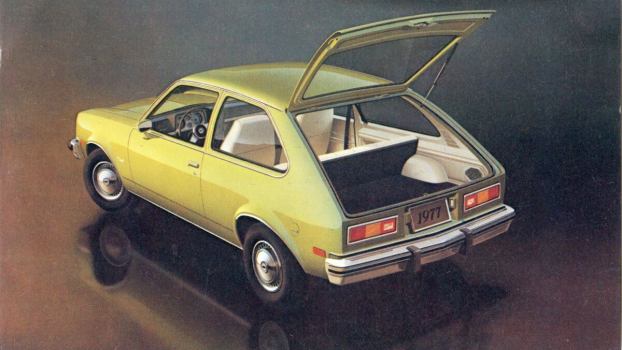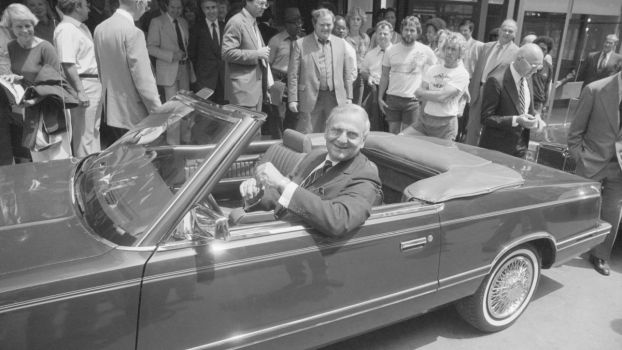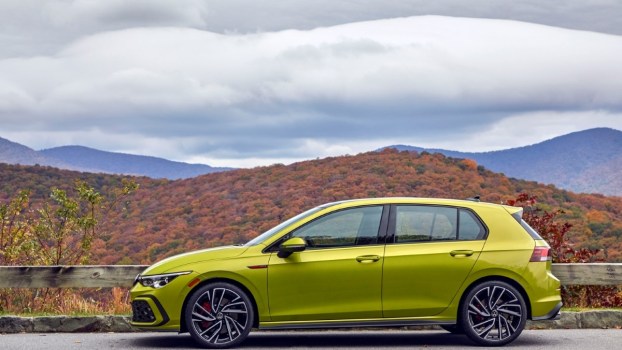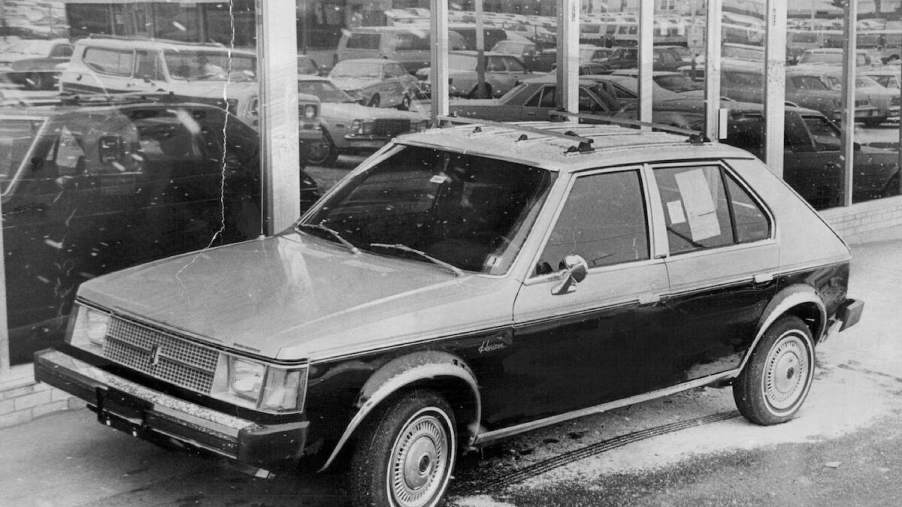
2 Forgotten Chrysler Hatchback Twins Were Better Than They Appeared
You’d be forgiven if you don’t associate Chrysler in the 1970s with excellent subcompact cars. It was an era when imports like the Volkswagen Rabbit, Honda Civic, and Toyota Corolla dominated the U.S. small-car market. American manufacturers were making half-hearted attempts at compact cars with failures like the Ford Pinto and Chevy Vega. However, one of the most important products in Chrysler’s history was an unlikely success in this segment. The Dodge Omni and Plymouth Horizon five-door hatchbacks debuted in 1978. And they were actually good.
What are the Dodge Omni and Plymouth Horizon?
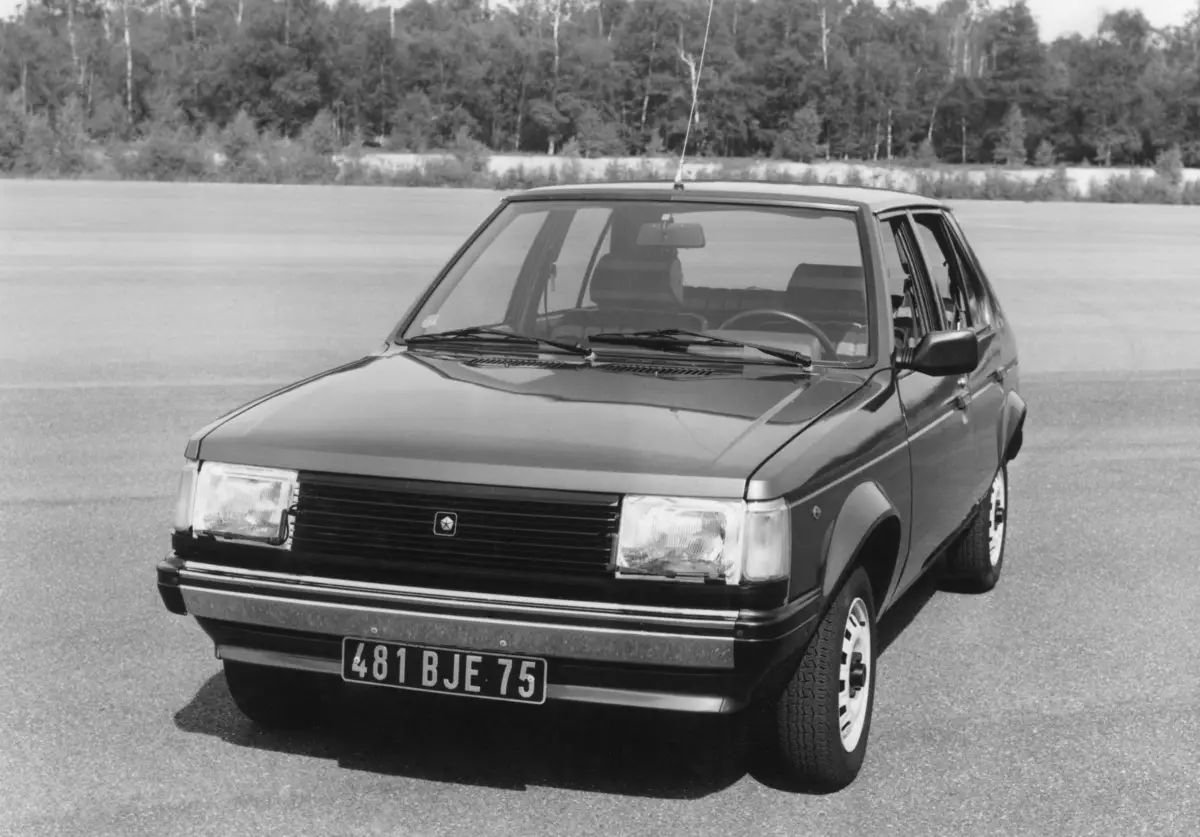
The Dodge Omni and Plymouth Horizon were mechanically identical subcompact hatchbacks. Produced from 1977 to 1990, they were the most affordable entry-level models in their respective Chrysler brands.
Development for these hatchbacks was technically in-house, but Chrysler leaned on its European division to make a good subcompact that could be sold in major automotive markets worldwide. Simca, the French division of Chrysler at the time, helped develop this car, which sold in Europe as the Simca Horizon. It was essentially a shortened version of the Simca Alpine, a large front-wheel-drive hatchback.
These small cars offered a few engines throughout their lifetime. The first was a Volkswagen powerplant sourced from the Rabbit, and a Peugeot/Simca engine was briefly available. However, the most common engine in the Dodge Omni and Plymouth Horizon was a Chrysler K engine, Hemmings reports. It made 96 hp and 122 lb-ft of torque by the end of the car’s production run.
What made the Dodge Omni and Plymouth Horizon special?
Unlike the rear-wheel-drive Ford Pinto and Chevy Vega, the Omni and Horizon had transverse engines and front-wheel drive. The result was more interior space and better traction in snowy climates. It took Ford and General Motors a while to realize this setup makes the most sense for small economy cars. But Chrysler figured that out on its first try.
Because the Dodge Omni and Plymouth Horizon retained much of the width of the Simca Alpine on which they were based, they had a wide track for such a small car. That contributed to a surprisingly fun driving experience, even with modest power under the hood. No one has ever accused a Pinto of being fun to drive.
Finally, the Dodge Omni GLH was the first American hot hatch. Modified by none other than Carroll Shelby (who personally owned one), the GLH (“Goes Like Hell”) used a high-output 110-hp engine, wider tires, and bigger brakes. It even offered a turbocharged version with 146 hp in the GLH-T or 175 hp in the GLH-S. Naturally, it also had a sporty appearance package.
The grandfather of the Dodge Neon
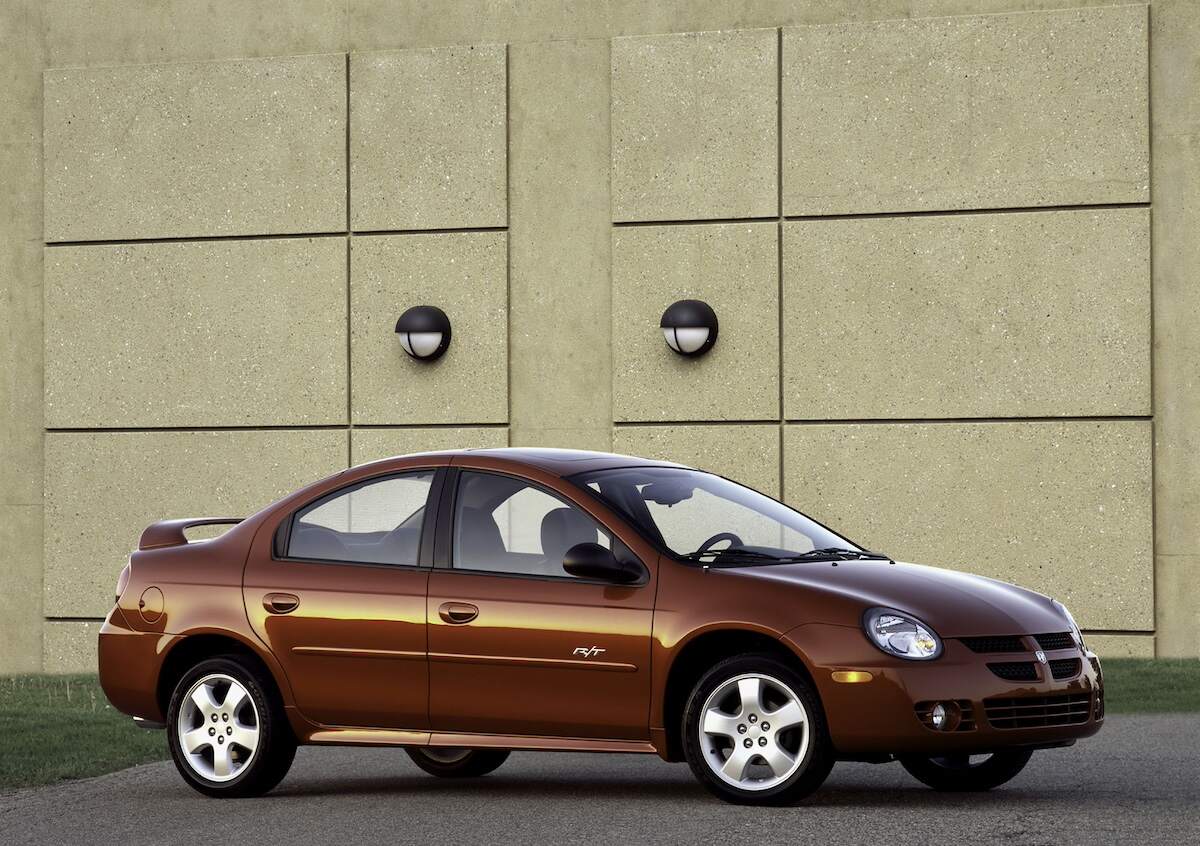
The Dodge Neon (and identical Plymouth Neon) gained a reputation as the last truly great American compact car. Sure, the final versions of the Chevy Cruze and Ford Focus were decent. But the Neon had the distinction of being a clean-sheet design that was among the best in a competitive class. It was an all-American compact that was actually as good as its Japanese rivals.
The Neon was great, but it might never have existed — or at least wouldn’t have been as good — if Chrysler hadn’t had the experience of small-car excellence with the Dodge Omni and Plymouth Horizon.
